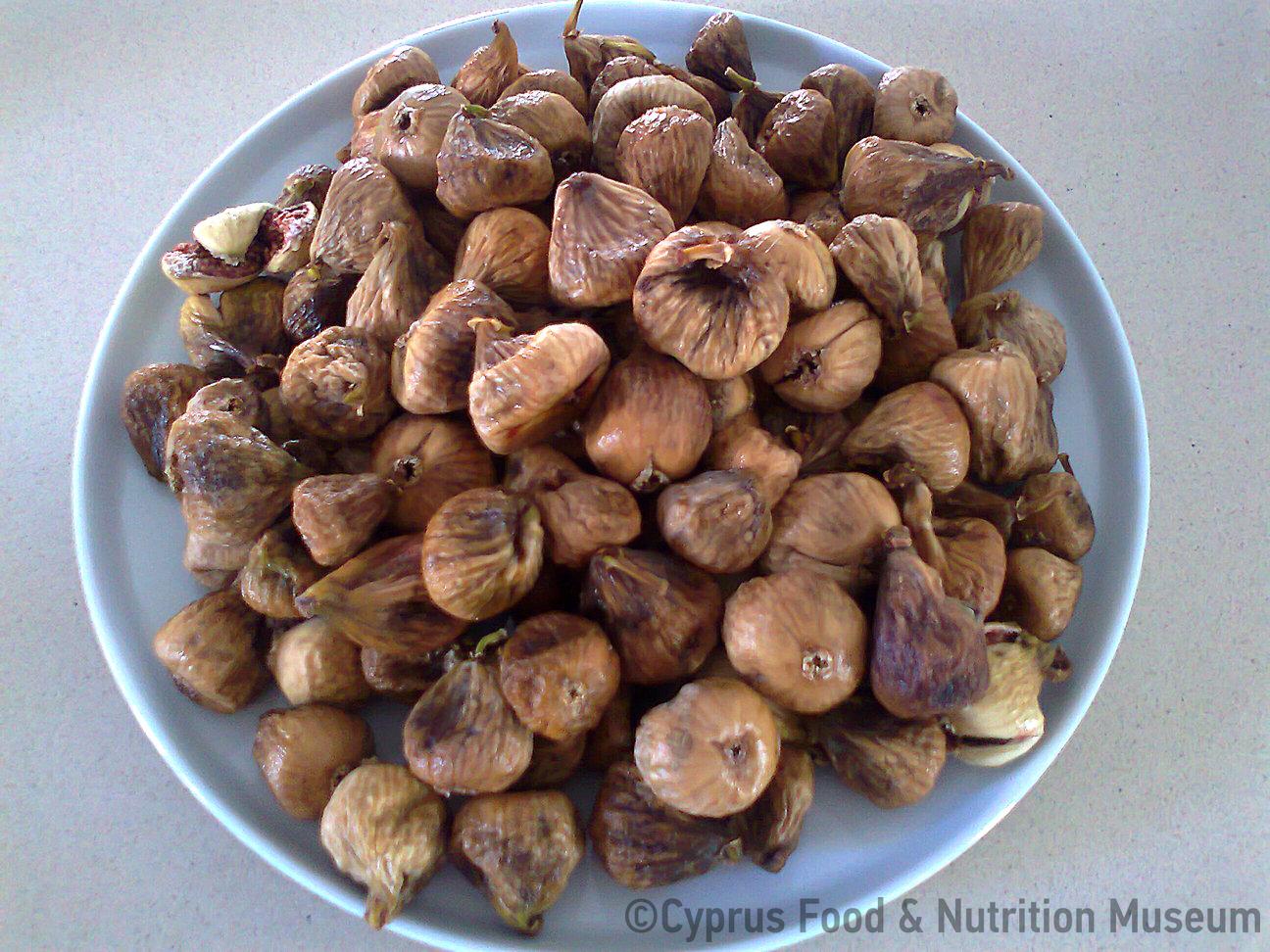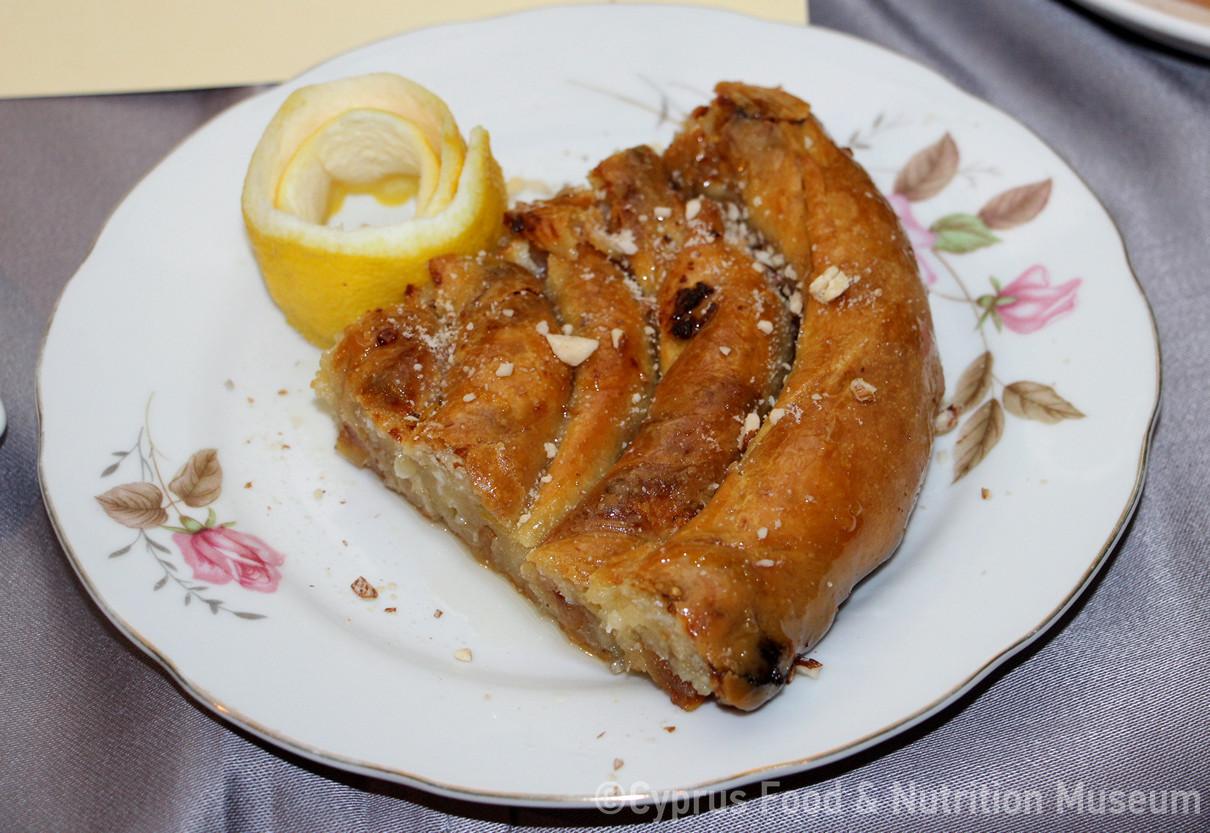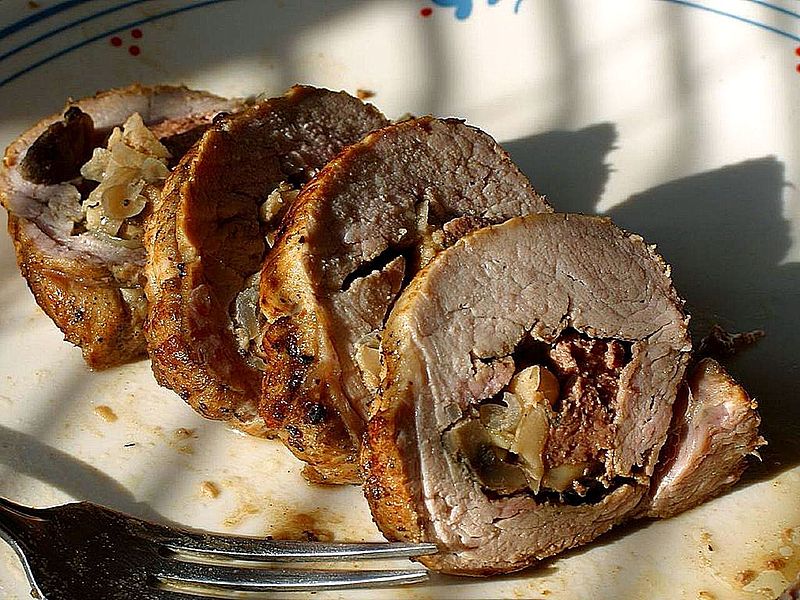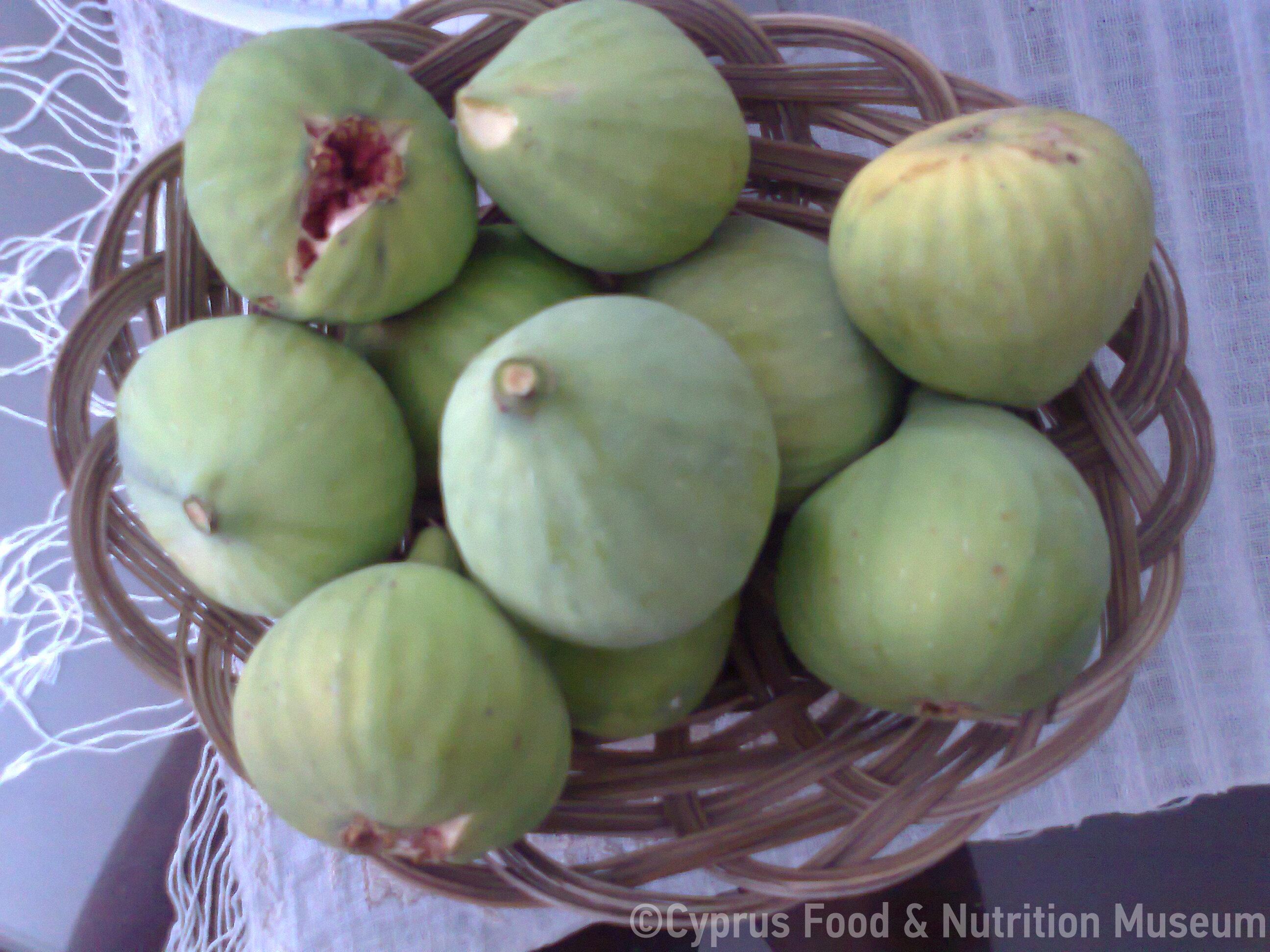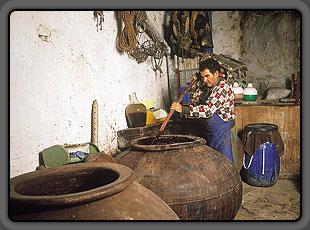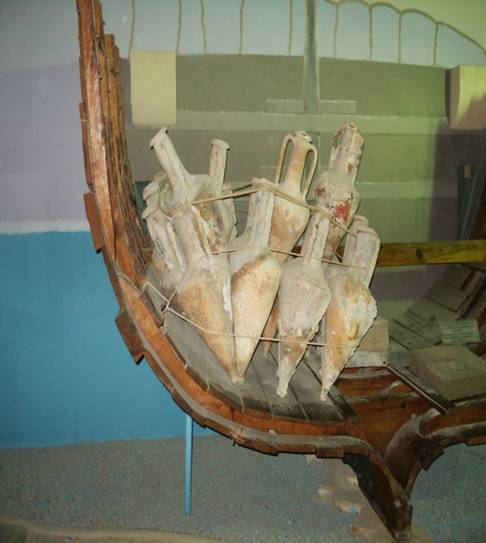Wine produced from dried figs.
Name - Origin
Wine produced from dried figs. A similar drink is “phoenikítis wine” (Pedanius Dioscourides, “Περί ύλης ιατρικής” 5.32).
Pedanius Dioscourides, in his work “Περί ύλης ιατρικής” (De materia medica), describes the method of preparation of ‘trohitis’ and the differences between that and ‘phoenikitis’. According to Dioscourides, dried figs, known as ‘helidonísia’ or ‘phoenikiká’, which are of black colour, are used for the preparation of ‘trohítis’.
Procedure: 1. collecting tsípoura (leftovers from crushing grapes) and use of their juice in equal proportions 2. saturating dried figs with water 3. collecting the juice from the dried figs 4. pouring the juice from dried figs over that from tsipoura in equal proportions 5. repeating for a second and third time 6. use the juice from the fourth and fifth time as vinegar (Pedanius Dioscourides, Περί ύλης ιατρικής 5.32)
Additional information and bibliography
“And the wine called ‘trohítis’ and which some people call ‘sykítis’ is produced in Cyprus just like ‘phoenikítis', except that instead of using water, some people soak tsipoura and use the juice in equal proportions. The dry figs they use are called helidonísia or phoenikiká -and they are black- and they are well soaked, as we mentioned earlier. After ten days, they collect the juice, and for the second and third time pour it over that from tsipoura in equal proportions. In a similar way, at intervals, they collect the fourth and fifth juice, the sour juice, and use it in place of vinegar” (Translation to Greek: Hadjioannou 1975, 355).
Pedanius Dioscourides, Περί Ύλης Ιατρικής 5.32 in: Hadjioannou Κ. (1975) Η Αρχαία Κύπρος εις τας Ελληνικάς Πηγάς, τ.Β’. Nicosia: publications of the Holy Archbishopric of Cyprus, 354-355.
Natassa Charalambous.
